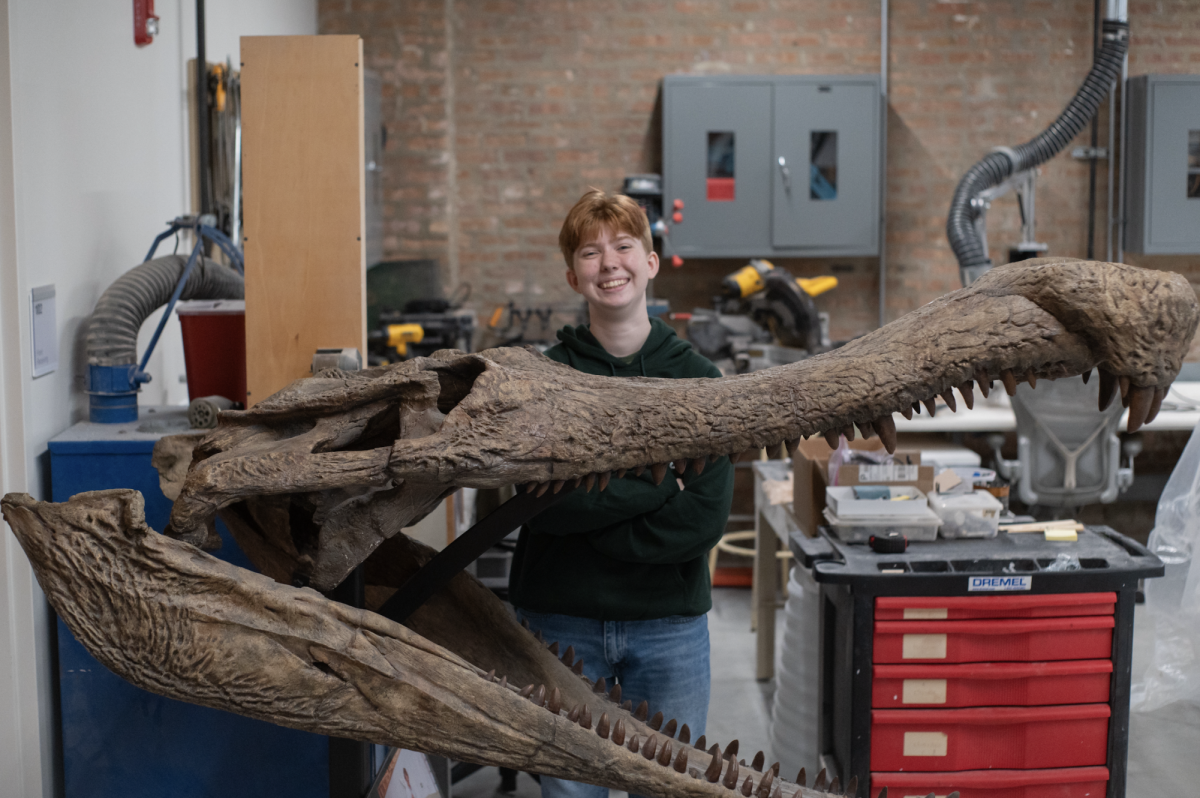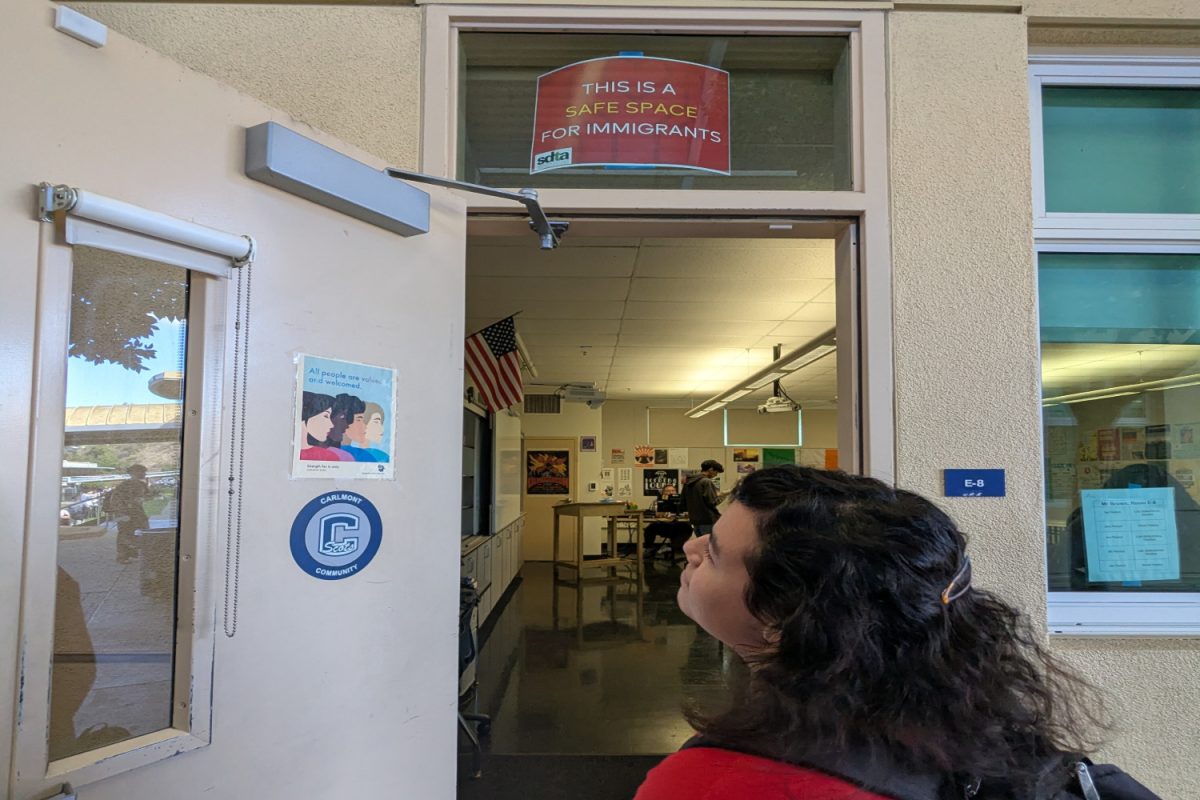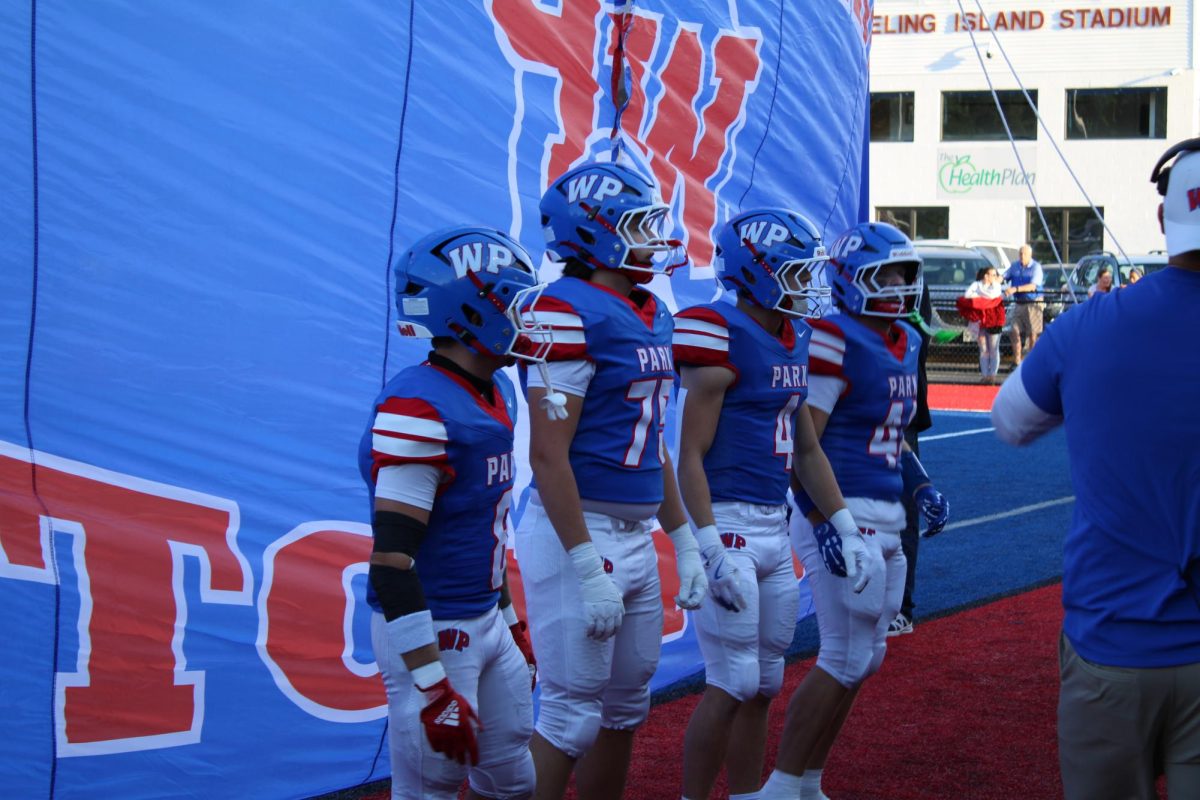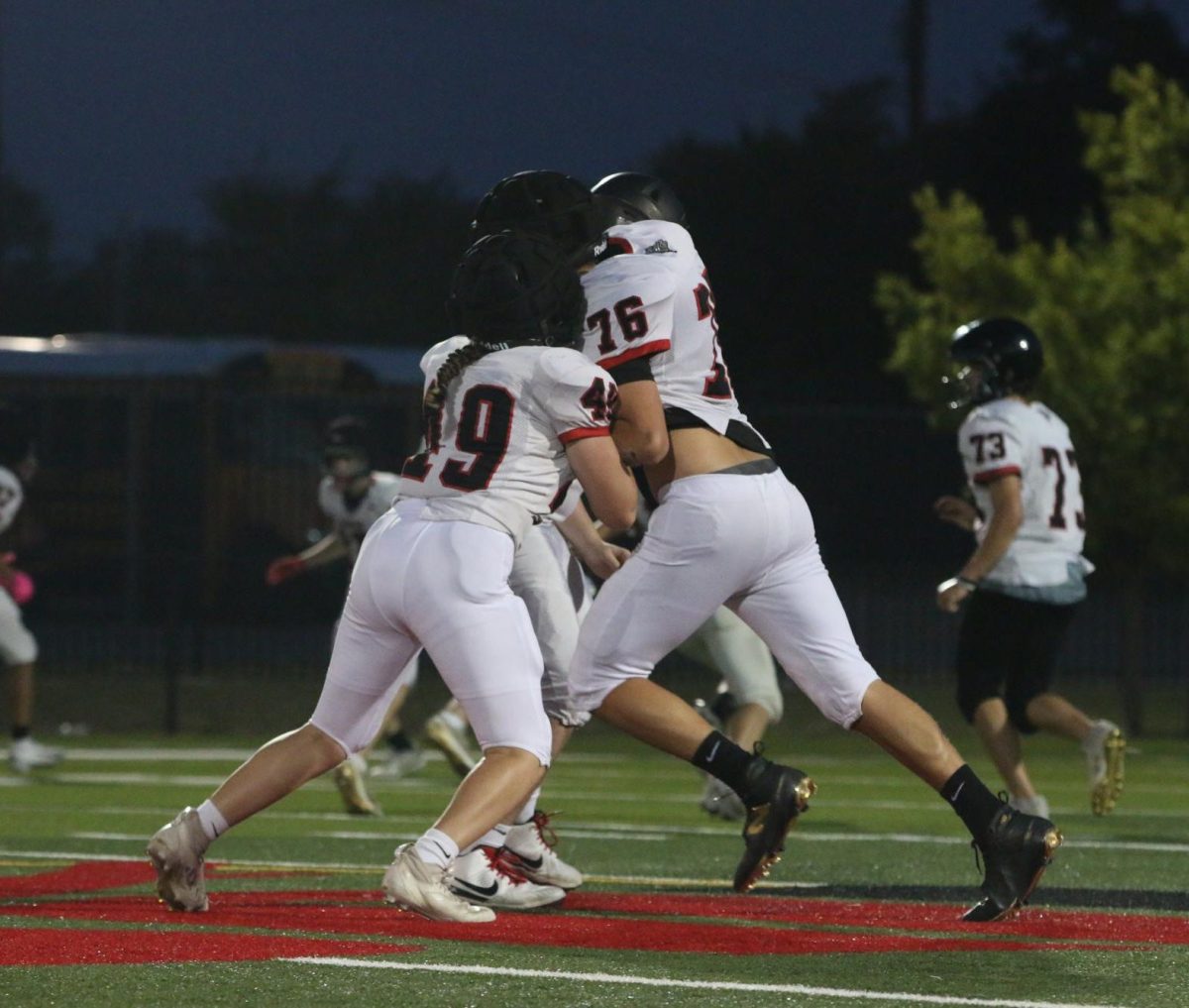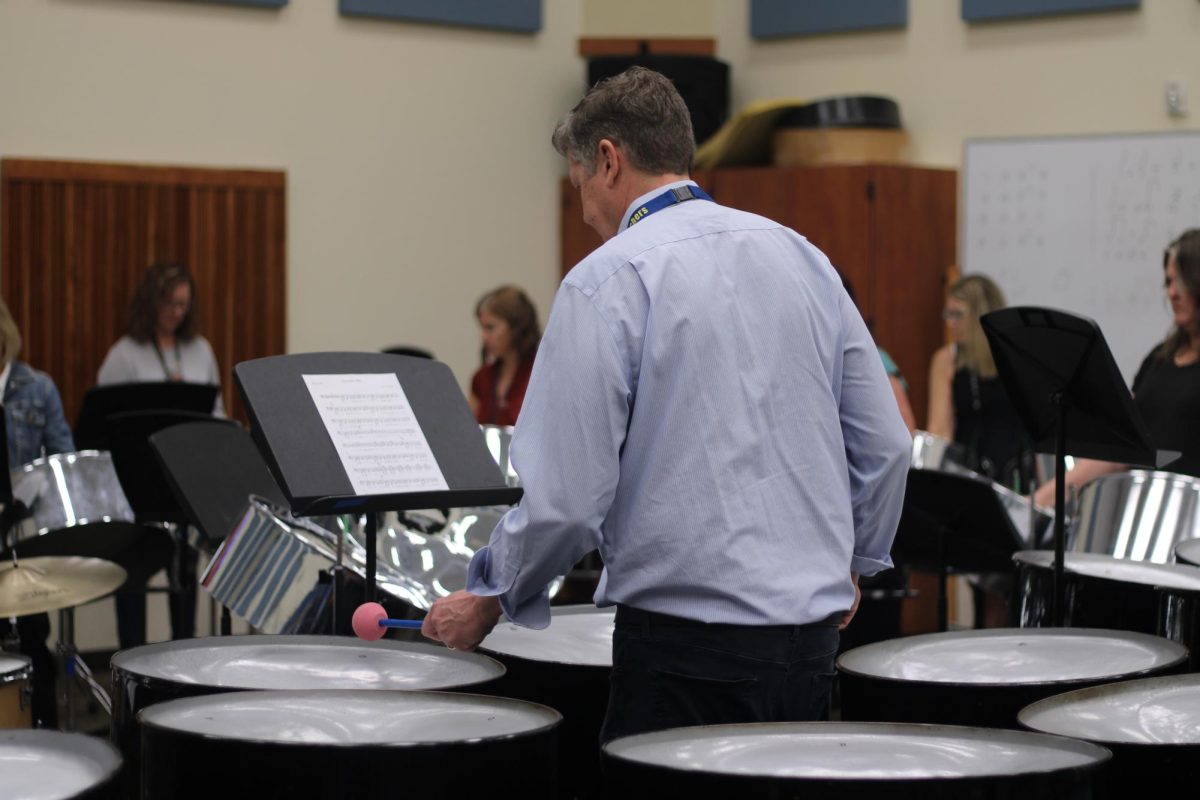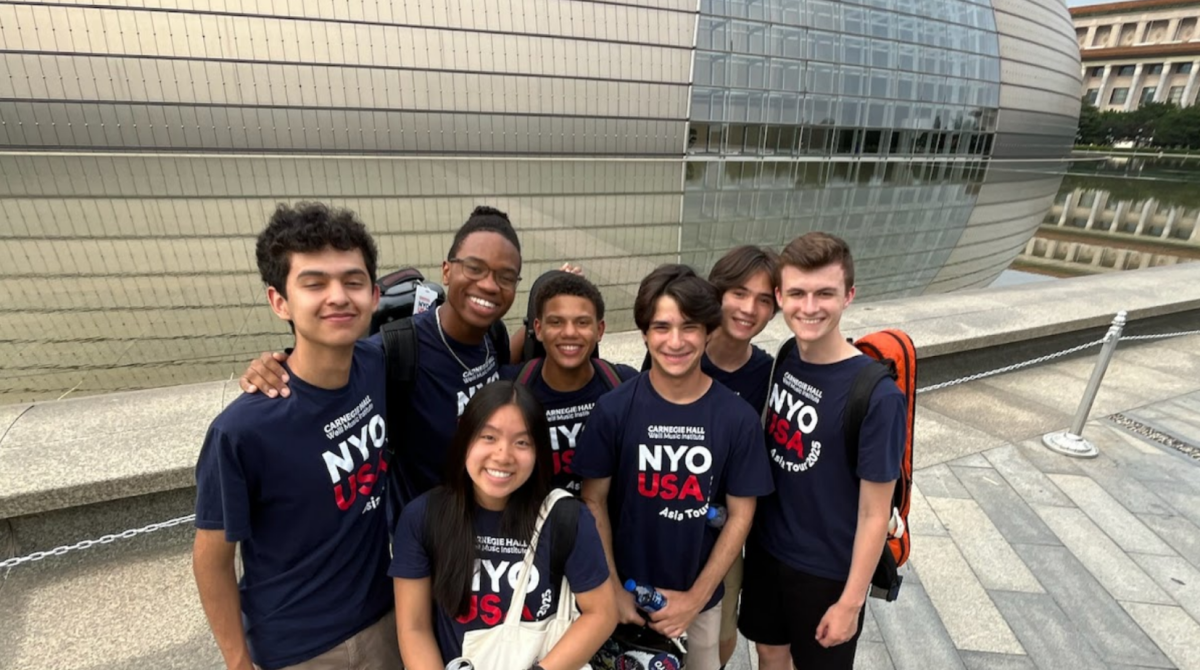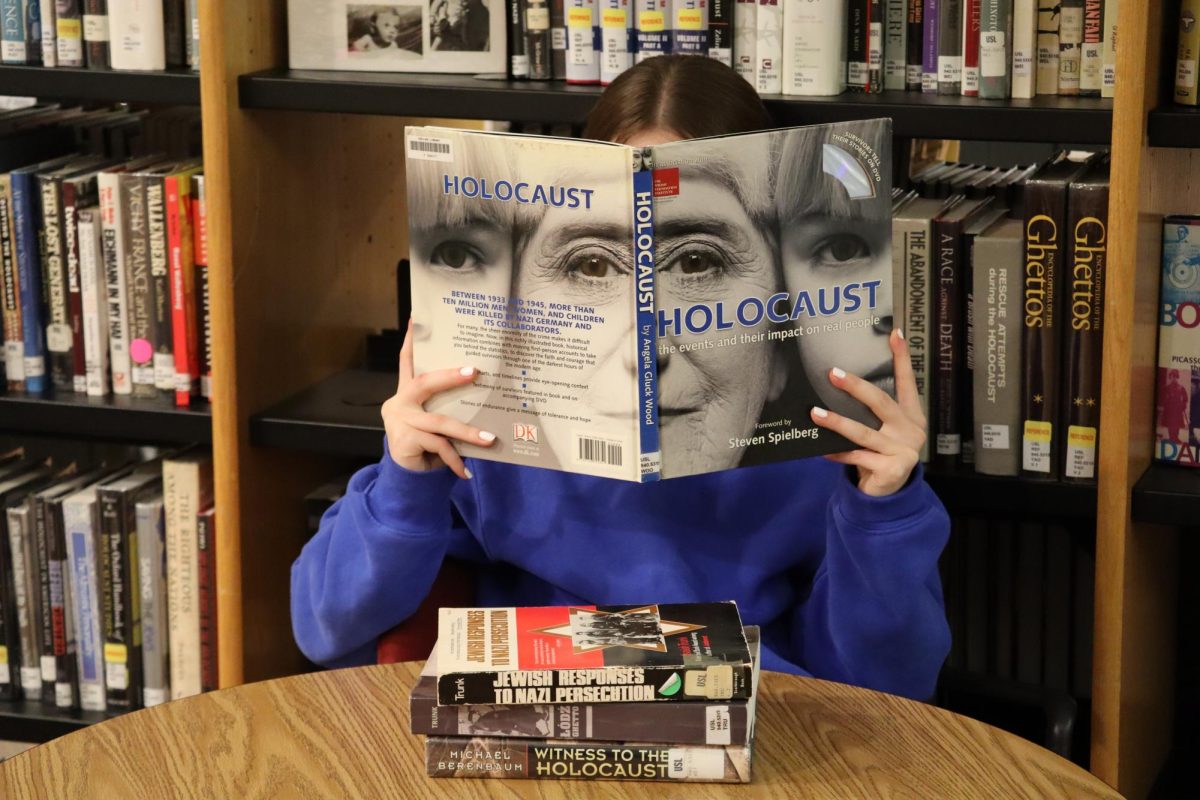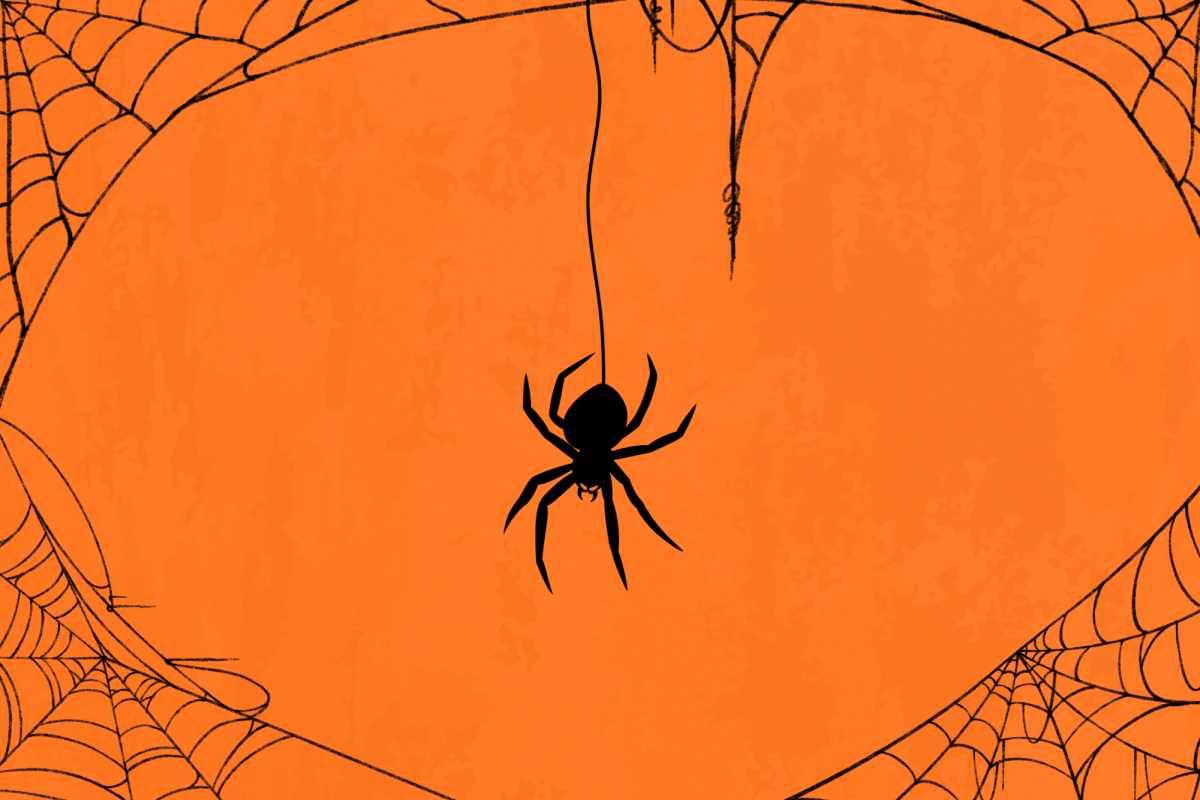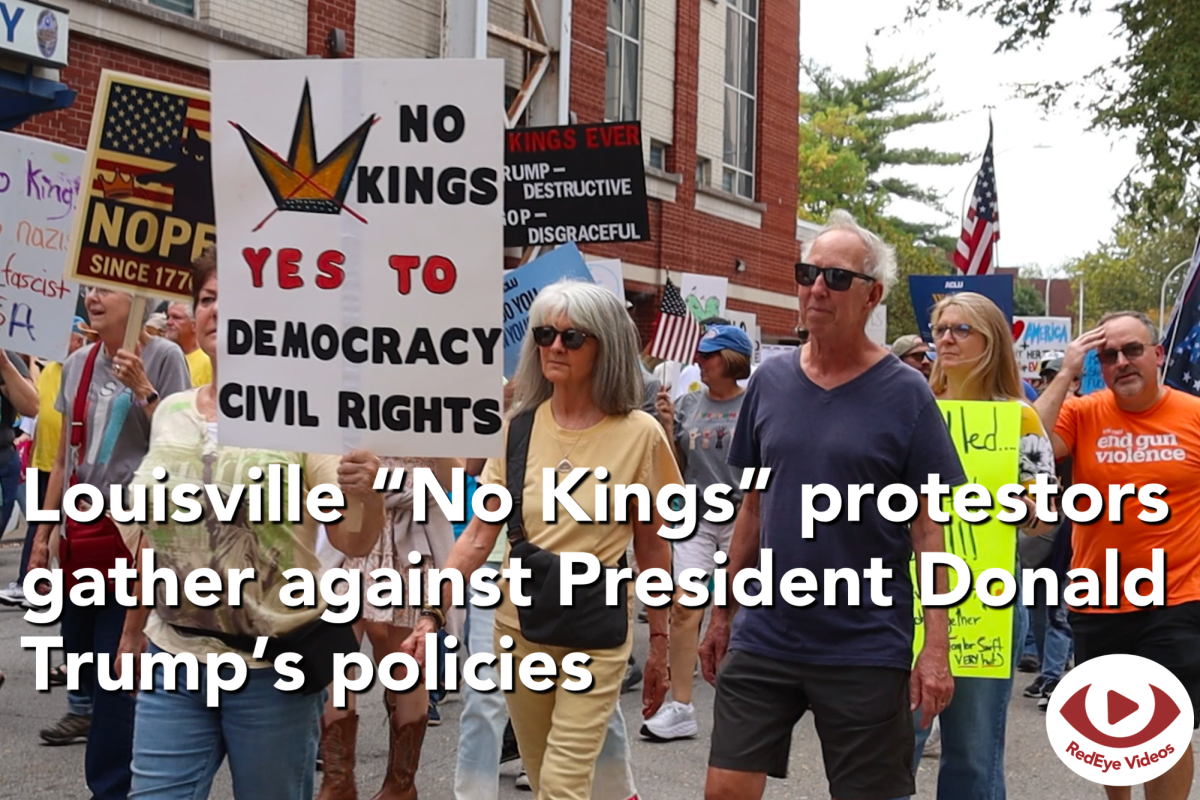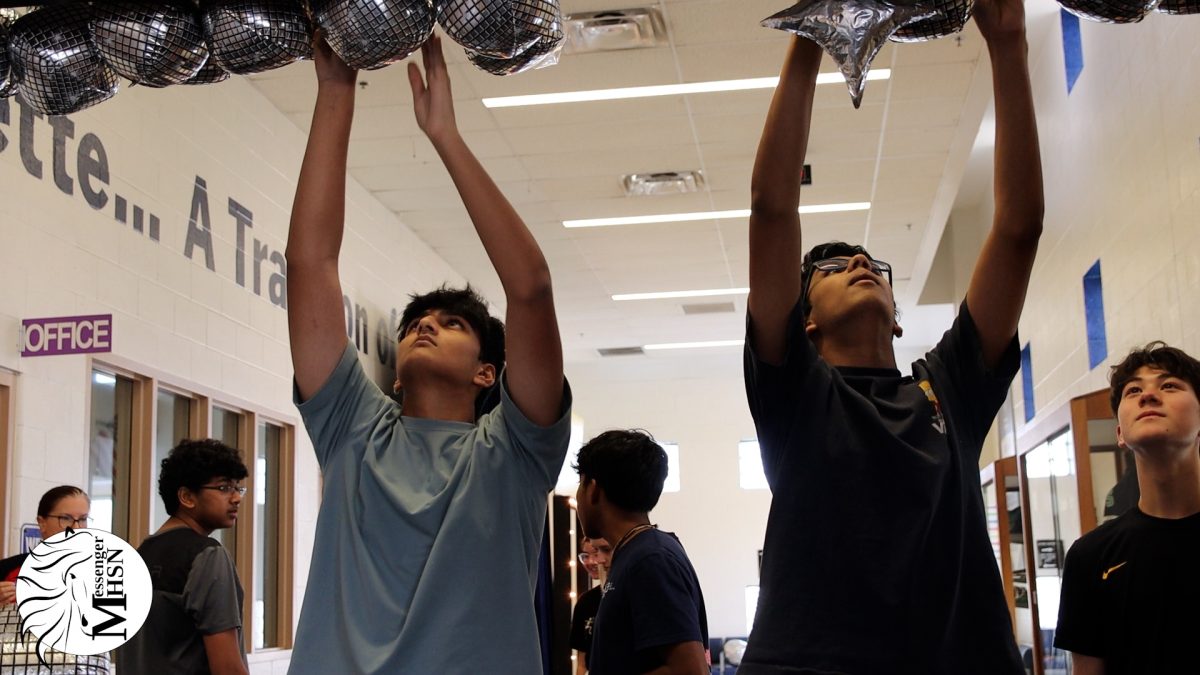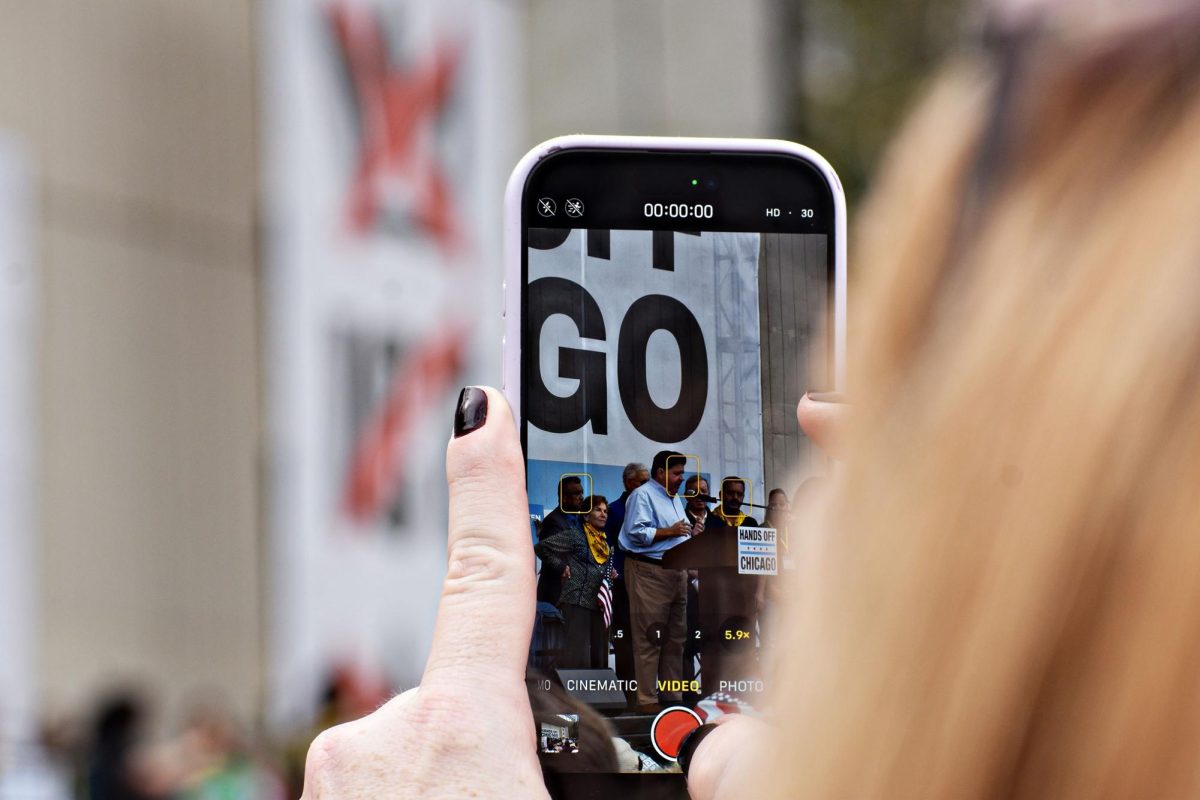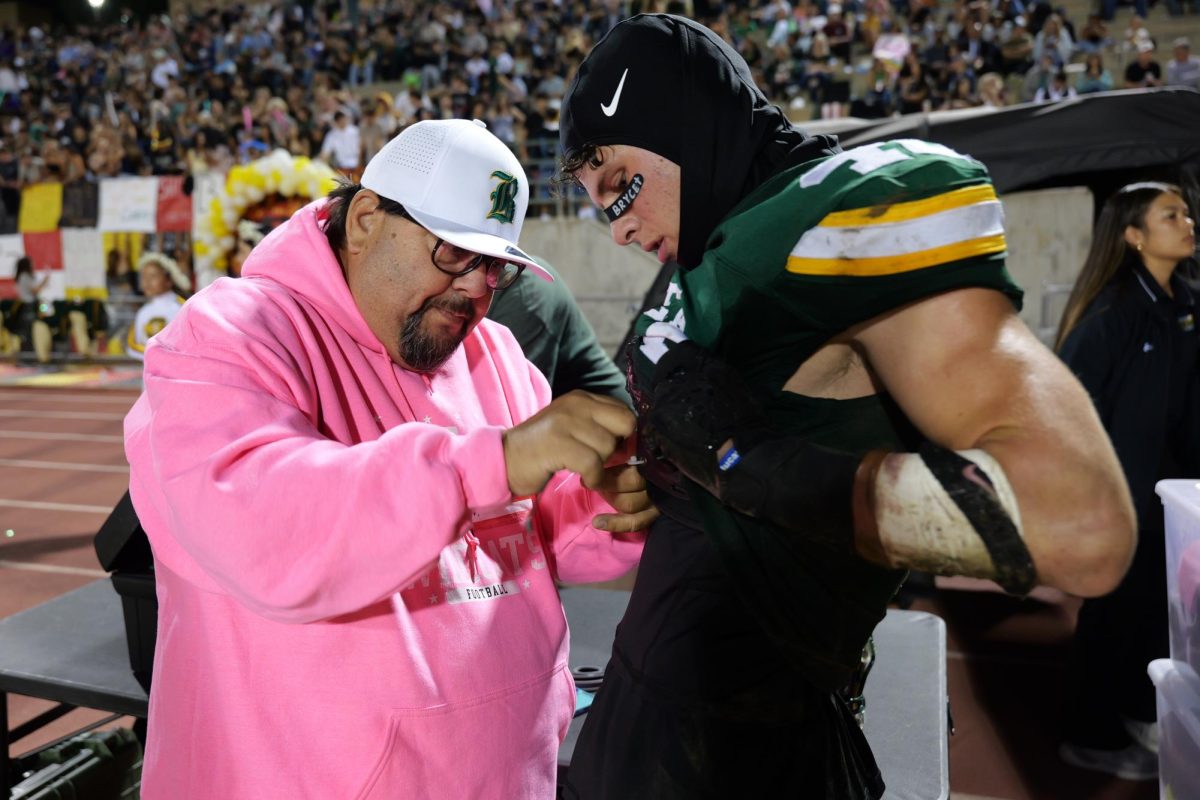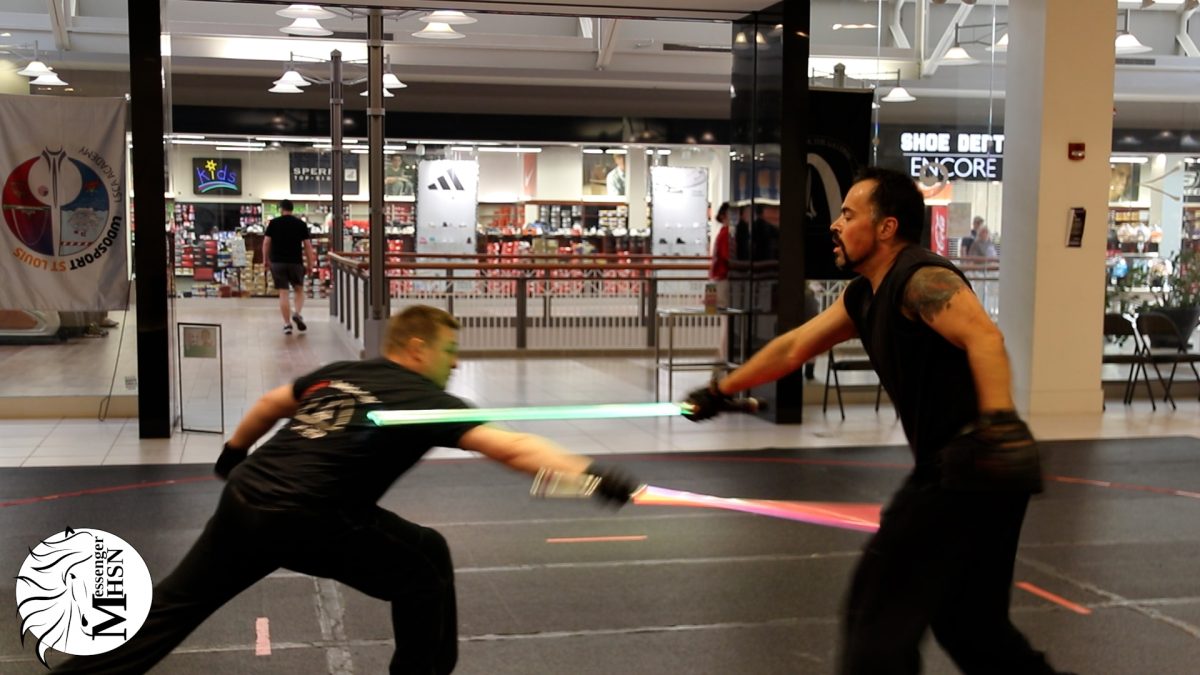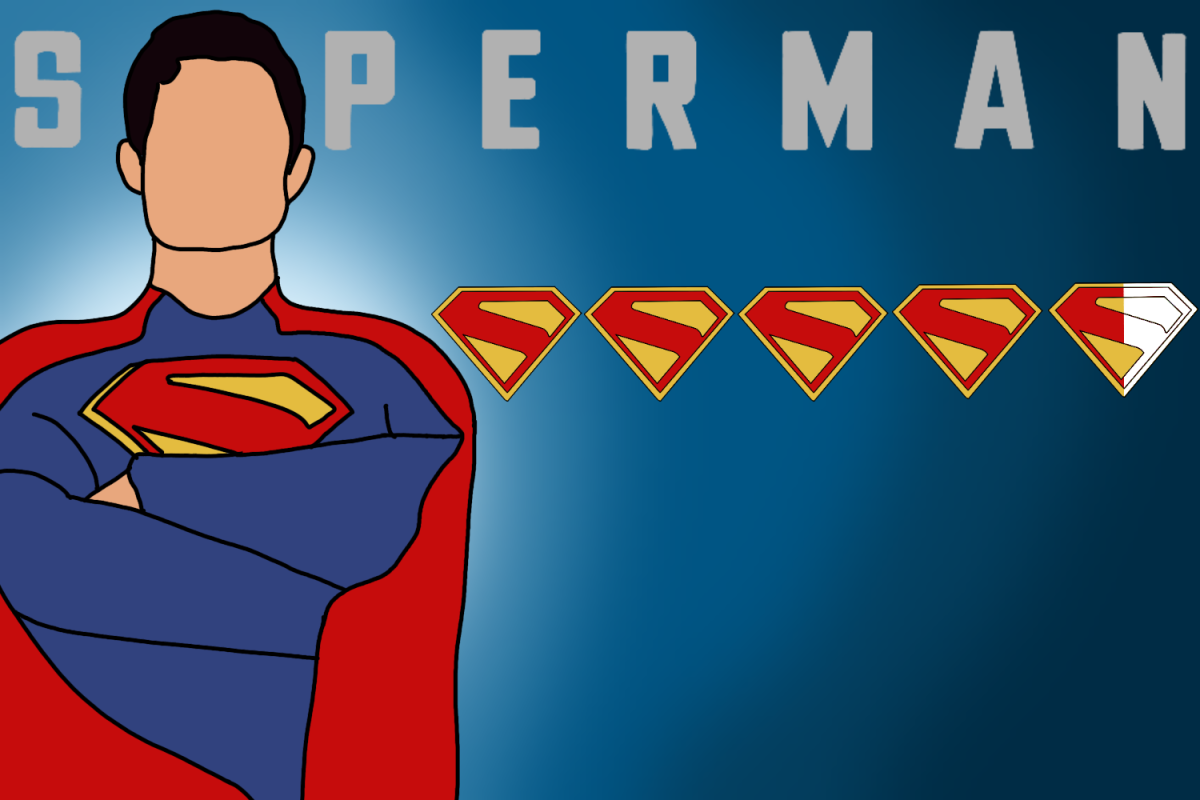When “Superman” hit the theaters this summer, I went in expecting a classic superhero spectacle — intense fights, buildings falling and a soundtrack that makes you feel like you’ve been pulled straight into the fight. Although the movie did deliver all of the above, it also provided the audience with a superhero story that felt like a realistic reflection of the world today.
Rather than retelling Superman’s well-known origins on Krypton or his upbringing as Clark Kent, the film advances the story. Director James Gunn drops us five years into Kent’s life as Superman, where he’s already established, already saving lives and already controversial among the public. Gunn’s choice here sets the tone: this movie is not about how Superman becomes Superman, but how the world responds once he’s here.
“Superman” is Gunn’s first DC movie; however, his experience with superhero films stretches back more than a decade. He previously worked with Marvel to direct the “Guardians of the Galaxy” series, which was a huge box office success. Gunn will now be rebooting the DC universe. “Superman’s” success — grossing more than $500 million worldwide, according to The Hollywood Reporter — gives us hope for the rest of the franchise’s revamp.
The movie opens with the aftermath of Superman, portrayed by David Corenswet, stopping a war between two fictional countries, Boravia and Jarhanpur. Boravia, the stronger nation, attacks a defenseless Jarhanpur, and no outside military or government steps in to help end the conflict.
In fact, antagonist Lex Luthor, played by Nicholas Hoult, convinces politicians to continue supplying Boravia. Subsequently, Superman, acting without government approval, protects the citizens of Jarhanpur by confronting the leader of Boravia. Eventually, the war starts up again when humanity turns against Superman; however, he continues to help the people of Jarhanpur.
This war mirrors modern crises today, with conflicts being portrayed as a war but are, in reality, genocides — powerful nations often backed by other powerful countries, attacking defenseless civilians.
One striking scene in the movie depicts Boravian soldiers pointing guns at a child from Jarhanpur who raises a Superman flag, hoping the hero would come save him. The image is haunting. The child stands defenseless, embodying both innocence and faith in the idea of Superman as a protector. The sequence underscores the film’s recurring theme: heroism is not about approval, but about standing up for the vulnerable, even when the world resists.
Corenswet delivers an impeccable performance. One of the main critiques of the previous Superman, played by Henry Cavill, was his dark, brooding interpretation of the character, which often felt more super than man. Corenswet’s Superman, by contrast, feels much more authentic and relatable. He comes across as a down-to-earth character who truly wants to help and inspire hope in others.
Superman comes from another planet, making him an alien to those on Earth. His outsider status has always been part of his story, but in Gunn’s version, it is weaponized, both politically and personally. Throughout the movie, we see protesters and politicians wondering how someone from another planet can truly have humanity’s best interests at heart. Even though Superman was raised and lived on Earth since he was a baby, he is still discriminated against for being foreign.
It’s impossible not to draw parallels to how immigration debates unfold — how quickly fear and unfamiliarity can turn into suspicion, and how easily being different becomes being dangerous in the public eye.
Moreover, Hoult’s Luthor is a new breed of villain. He’s not a mad scientist who spends his days building weapons in a dark lab. He is a tech magnate in designer suits who attends tech conferences and talk shows. To the outside world, he is a genius who shares his idea of innovation, while in reality, he is a power-hungry villain who wants to dismantle Superman’s public image. Luthor uses the news and his media empire to manipulate the narrative. He cherry-picks videos to make Superman seem reckless and even malicious, quickly turning the people of Metropolis, his hometown, against him.
Luthor serves as a very prominent reflection of modern corporate power, showing how whoever controls the narrative often controls the reality. It’s less about facts and more about framing, and in the age of social media, that framing spreads fast.
Gunn reinforces these themes through visual effects, the most powerful of which is lighting. He leans heavily on lighting to make the impact of the movie’s politics personal to viewers. Government hearings and media spin rooms are depicted in cool, desaturated tones, giving the scenes a suffocating and calculated feel. By contrast, in scenes where Superman saves someone, the frame seems to burst with color and warmth. The lighting serves as a portrayal of cynicism draining color from the world, and hope restoring it.
Superman’s love interest, journalist Lois Lane — played by Rachel Brosnahan — starts the movie as a skeptical reporter, unsure who to side with after Superman’s interference in the war. What sways her is not Superman’s words, but his actions: his relentless consistency. Even when he is faced with hatred, he continues to show up for those in need.
Just as Superman’s actions impacted Lane, they further impacted the audience, leaving viewers with an undeniable feeling of hope and possibility. Gunn does not just want us to watch “Superman,” he wants us to feel it. He wants us to understand what it is like to stand for something bigger than ourselves.
If this is the start of the James Gunn DC Universe, it is a promising one. His “Superman” is not about clear battles between good and evil. It’s about the gray area and the messiness in between: politics, media, fear and the fragile grip we have on hope. Although Gunn is taking a risk compared to the average superhero film, this may be exactly what will keep Superman and the idea of hope relevant.
This story was originally published on The Standard on September 1, 2025.









